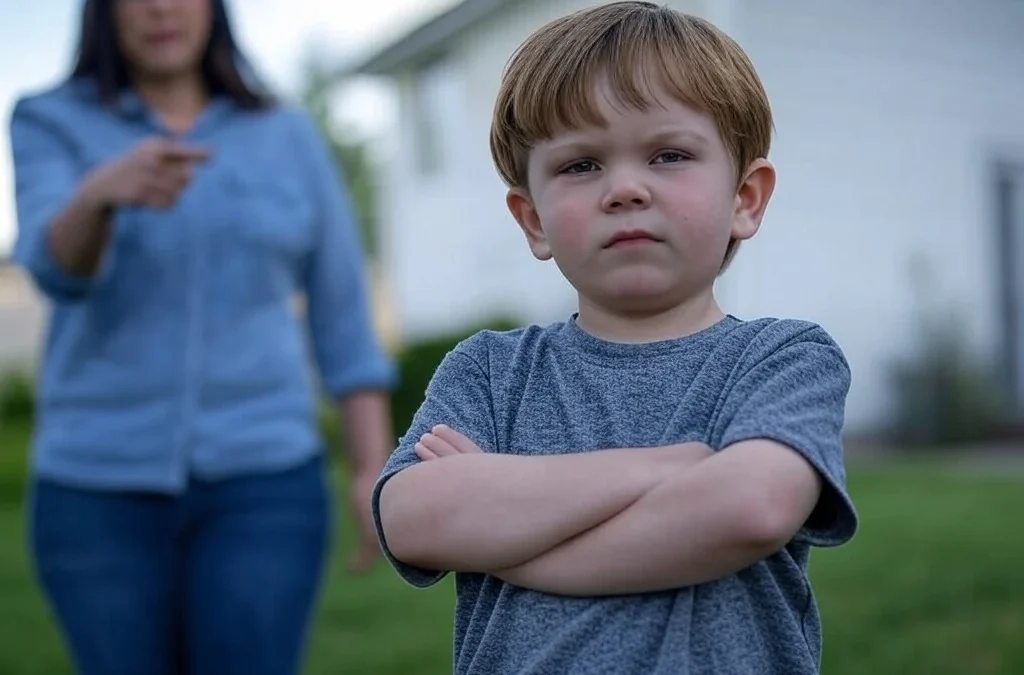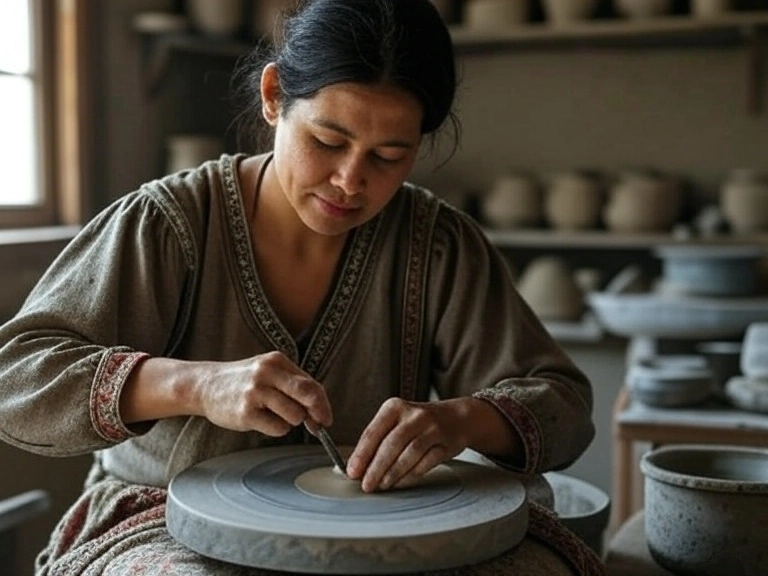Private schools have long been associated with a reputation for academic excellence, small class sizes, and exclusive environments. However, in recent years, there has been increasing attention on the issue of diversity within these institutions. With more focus on inclusivity in education, many are questioning just how diverse private schools really are and what measures they are taking to create inclusive environments for all students.
This article dives deep into the reality of diversity in private schools. It explores how diverse private schools are, examines their efforts to promote diversity, and considers whether these schools truly support students of color.
How Diverse Are Private Schools?
Diversity in private schools can vary significantly depending on factors such as location, type of school, and tuition costs. Many people still associate private schools with homogenous student populations, largely consisting of white, affluent families. While this may have been true in the past, the picture is slowly changing.
In urban areas and more progressive regions, private schools tend to be more racially and economically diverse compared to those in rural or affluent suburban areas. However, even with these shifts, private schools remain less diverse than public schools in most parts of the country.
One notable difference in private schools is the family structures of the students. In 2016, 81% of private school students lived in two-parent households, which is significantly higher than the 65% of chosen public school students and 71% of assigned public school students who lived in similar family setups. On the other hand, the percentage of students living in one-parent households was much lower in private schools, at just 18%. In comparison, 31% of chosen public school students and 25% of assigned public school students lived in one-parent households (source: NCES). This difference in family structure plays a role in shaping the demographic makeup of private schools.
According to the National Center for Education Statistics (NCES), as of 2022 65% of private school students in the U.S. are white, compared to 44% of public school students. While there has been a steady increase in students of color attending private schools, a gap still exists between the diversity of the broader population and that of private school student bodies. Factors such as high tuition fees and geographic limitations can contribute to this disparity.
These differences in family backgrounds and demographic diversity highlight the unique challenges private schools face as they strive to become more inclusive. While changes are happening, it’s clear that private schools have more work to do in closing the diversity gap.
Private School Diversity Statistics
When it comes to the breakdown of diversity in private schools, the numbers reveal both progress and areas that still need improvement. Recent data shows that private schools are predominantly white, though the proportion of non-white students is growing.
For example, a report by the National Association of Independent Schools (NAIS) shows that as of 2020, around 31% of students at independent private schools identified as people of color. This includes students who identify as Black, Hispanic, Asian, and multiracial. The report also highlighted that the percentage of students of color in private schools has been steadily increasing over the last decade.
However, the diversity numbers for faculty and staff in private schools remain much lower. A 2019 study by the NAIS revealed that only about 18% of faculty at private schools identify as people of color, compared to 40% in public schools.
Better Academic Results and Higher Safety Statistics in Private Schools
Private schools often produce better academic outcomes compared to public schools. This can be attributed to smaller class sizes, personalized attention, and a greater emphasis on rigorous academic programs. Studies have consistently shown that private school students tend to score higher on standardized tests, and they often have higher graduation rates. Many private school graduates also go on to attend prestigious colleges and universities, further highlighting the academic success of these institutions.
Additionally, private schools generally have higher safety statistics. The controlled environment, smaller student populations, and stricter disciplinary policies contribute to a safer overall atmosphere. Private schools typically report fewer instances of violence, bullying, or drug use compared to public schools. This enhanced sense of security allows students to focus on their studies and personal growth without as many distractions or risks to their well-being.
These factors – strong academic performance and higher safety standards – make private schools an attractive option for many families seeking quality education for their children.
Read more: Private Schools: 30 Pros and Cons to Consider
Private vs. Public School Diversity Comparison
When comparing private and public schools, there are clear differences not only in diversity but also in academic outcomes and safety statistics. Public schools are generally more racially and socioeconomically diverse due to their mandate to serve all students within a given district. In contrast, private schools have the ability to be selective in their admissions, which can result in less diverse student bodies. However, private schools are increasingly recognizing the value of diversity and are making efforts to attract students from a variety of backgrounds.
Beyond diversity, academic quality and safety are two areas where private schools often outperform public schools. Public schools face numerous challenges, including overcrowded classrooms, limited resources, and inconsistent levels of academic rigor. This can result in a lower overall quality of education. Teachers in public schools may struggle to give students individualized attention, as they are often managing larger classes and fewer support systems. In contrast, private schools typically have smaller class sizes and more resources, allowing for a more personalized and engaging learning environment. Students in private schools often benefit from access to advanced curricula, experienced educators, and specialized programs tailored to their needs.
Another significant difference is in the safety statistics. Public schools generally experience a much higher level of crime, including incidents of violence, theft, and drug-related issues. According to data from the National Center for Education Statistics, public schools report significantly more cases of bullying, physical altercations, and security breaches compared to private schools. In contrast, private schools tend to have stricter disciplinary policies, more controlled environments, and better supervision, contributing to a safer atmosphere for students.
This higher level of safety in private schools allows students to focus more on their academic and personal development without the distractions and risks that are often present in public schools. For parents, this sense of security is often a critical factor when choosing a private school over a public one.
In summary, while public schools may be more diverse in terms of racial and socioeconomic backgrounds, private schools often provide a superior overall educational experience due to smaller class sizes, higher academic standards, and a safer learning environment. The gap in diversity is narrowing, but the benefits of private education continue to make these schools an attractive option for families seeking a well-rounded and secure education for their children.
Parent Perspectives on Diversity in Private Schools
For most parents, diversity is not the main factor when choosing a private school. What truly matters to them is the safety of their children and the quality of the education they will receive. Parents want to know their children will be in a secure environment where they can thrive academically.
Private schools are often seen as safer than public schools. They usually have stricter discipline, smaller student populations, and a more controlled environment. This sense of safety is a top priority for many families. In addition, parents are drawn to the better educational results that private schools often offer. Higher test scores, more individualized attention, and access to advanced programs are key factors in their decision-making.
While some parents appreciate a diverse environment, it’s usually not the deciding factor. They recognize that diversity can bring different perspectives, but their primary concern remains their child’s well-being and academic success. Parents want a school that prepares their kids for a successful future, and for many, this comes before the school’s demographic makeup.
Ultimately, for most families, the focus is on ensuring a safe, supportive space where students can excel academically. Diversity may be a positive feature, but it’s often seen as secondary to these more pressing concerns.
The Role of Diversity in Private School Admissions
Admissions processes at private schools play a key role in shaping diversity. Historically, private schools have been criticized for perpetuating exclusivity by admitting primarily affluent students. However, many schools are now working to change this image by actively seeking a more diverse student body.
Admissions officers are increasingly considering factors such as race, ethnicity, and socioeconomic background when reviewing applications. Some private schools have implemented holistic admissions processes that go beyond academic achievement and take into account the unique experiences and perspectives a student can bring to the school community.
That said, there are still challenges. High tuition costs and the perception that private schools are elite institutions can deter families from diverse backgrounds from applying. Even when financial aid is available, some families may feel that private schools are not welcoming or accessible.
Why Diversity Can Help in Private School Settings
Diversity is not essential in every educational setting, but it can be helpful. In private schools, which are often seen as exclusive, a mix of students from different backgrounds can offer new perspectives. This variety can lead to more interesting discussions and can broaden students’ understanding of the world.
For some students, being in a diverse environment can make them feel more comfortable. It can provide a sense of belonging when they see different viewpoints represented. However, the main focus in any school should always be on safety and academic success, not diversity alone.
While diversity can teach students valuable skills like empathy and collaboration, it is not the only way to achieve these goals. Private schools can still provide a strong education without it. But, when diversity is present, it can enrich the school community and help students learn to work with others who may think differently.
In the end, diversity is a bonus, not a necessity. It can add value to a private school’s learning environment, but the core of a good education remains high academic standards and a safe, supportive space for all students.
Challenges to Diversity in Private Schools
Achieving diversity in private schools isn’t easy. There are many obstacles schools must overcome. One of the biggest challenges is maintaining high academic standards and a safe environment while increasing diversity. Private schools are known for their strong education and strict safety measures. These are often the reasons parents choose them. But as schools work to bring in more diverse students, they worry about balancing these strengths with inclusivity.
A major barrier to diversity is the high cost of tuition. Many private schools are expensive, and this limits access to families from different economic backgrounds. Even with scholarships and financial aid, the price tag can still be too steep for many. Geographic limitations also play a role. Many private schools are located in wealthy, suburban areas, far from more diverse urban neighborhoods. This makes it hard for students from other areas to attend, even if they qualify for financial help.
Another challenge is the perception of elitism. Private schools have a long history of serving wealthy families. This reputation can discourage families of color or lower-income families from applying, even if the school is making efforts to be more inclusive. There’s also the issue of legacy admissions, where children of alumni get priority in the application process. This often reinforces the status quo, making it harder for schools to diversify their student body.
Societal factors, such as systemic inequality, also come into play. Many families from diverse backgrounds face barriers outside of the school’s control, like lack of access to resources or educational support. Schools may want to be more inclusive, but these broader issues make it difficult.
Balancing academic excellence, safety, and diversity is a truly tightrope walk. Schools must work hard to uphold their standards while reaching out to students from different backgrounds. It’s not just about getting diverse students in the door. It’s about making sure they thrive once they’re there.
Read also: Top 20 Self-Interest Examples and Definition
The Most Popular on BitGlint

Top 100 Personal Items List
Everyone uses personal items in their daily lives, often without even thinking about them. From the moment you wake up...

30 Defiance Examples & Meaning
Defiance is something most people experience at some point in life. You feel it when you say no to something that...

Top 30 Desire Examples & Definition
Desire is a powerful force that drives much of human behavior, shaping our goals, dreams, and everyday decisions. It's...

100 Non-Digital Things List
In everyday life, there are still hundreds of objects, tools, and materials that exist completely outside the digital...

30 Examples of Attention & Definition
Have you ever noticed how a catchy tune can grab your attention, even when you're busy doing something else? It's...

60 Cultural Traditions Examples & Definition
Cultural traditions are part of daily life - whether people realize it or not. They shape what we eat, how we...

Top 30 Intimacy Examples & Meaning
Intimacy goes beyond physical touch or romantic moments. It’s about closeness, trust, and connection. In everyday...
Get Inspired with BitGlint
The Latest
40 Emotional Value Examples & Meaning
Why do some messages stick — while others are forgotten? Why do people choose one brand over another, even when the product is the same? The answer often comes down to emotional value. Emotional value is what makes a message feel human. It’s the emotional connection...

30 Teasing Examples & Definition
Teasing is a common part of human interaction. People tease in different ways, for different reasons. Sometimes it is friendly. Sometimes it can hurt feelings. Understanding what teasing means and seeing clear examples helps everyone handle these moments better....
40 Thought Experiments for Curious Minds
Some questions can’t be answered with a simple yes or no. Some problems don’t have a clear solution. That’s where thought experiments come in. They aren’t just old ideas from philosophy books. Thought experiments are tools we still use to think through problems, test...
30 Cultural Identity Examples & Definition
What makes us who we are? Our cultural identity plays a significant role in shaping our beliefs, values, behaviors, and sense of belonging. Whether we are aware of it or not, our cultural identity is a mosaic of various elements such as language, religion, food,...

